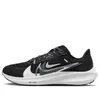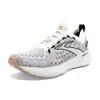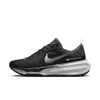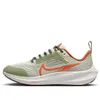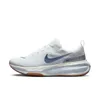How to get into running, according to three Peloton Tread Instructors
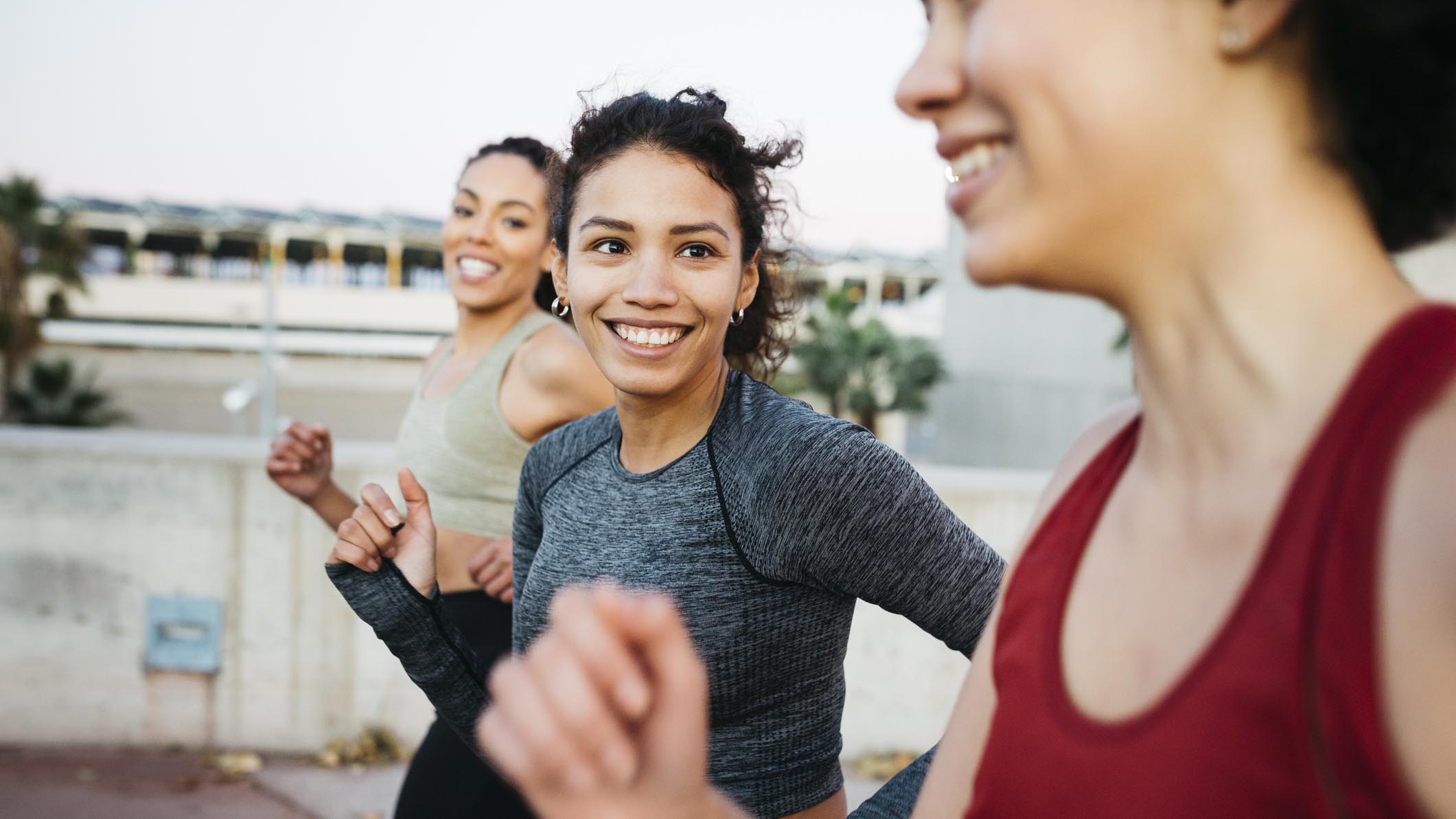
Whether you’ve signed up for your first race, or you’re looking to take your first steps into running this year, keeping the motivation up can be half the battle. To help you create a consistent running routine, we've turned to three Peloton instructors for a dose of running inspiration.
Susie Chan is a record-breaking endurance runner, who has completed some of the toughest ultramarathons in the world. Becs Gentry is an accomplished 2:37 marathon runner, who has competed in the Olympic Marathon Trials for team Great Britain.
Meanwhile, Joslyn Thompson Rule is a sports therapist, who has worked in the fitness industry as a personal trainer, mentor, and coach for over 19 years. All three are Peloton Tread instructors, and we sat down to chat with them to get all their tips on how to build a rock-solid running routine.
Looking for the best gear to get started? We've hand-picked the best running shoes and the best running watches to help you feel comfortable and track your progress.
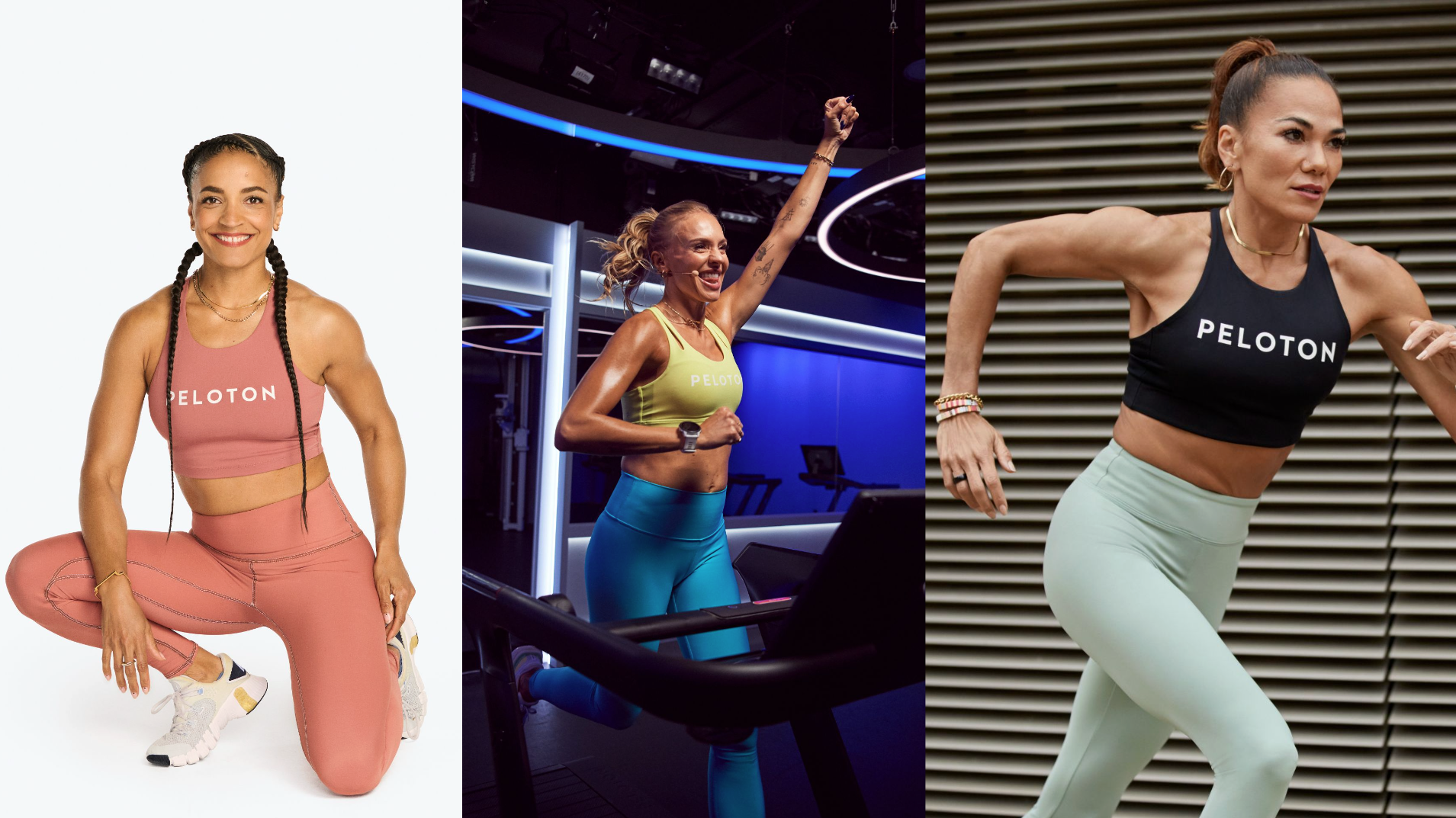
Don’t put pressure on yourself
“I think the hardest thing for me with beginner runners is seeing them put so much pressure on themselves,” says Gentry. “They’ve decided they want to grow within this sport, but then they put so much pressure on, that they stop enjoying it. You don’t have to go for that run. You’re choosing to — so make it fun!”
“See if you can arrange to go out with a friend,” adds Chan. “Or get on the Peloton app if you’re looking for more motivation!”
Set small, achievable goals
As a beginner, the big picture might seem overwhelming, so set yourself smaller goals you can tick off along the way, says Chan. “One mistake I made was that I thought I had to be running the whole time,” she says. “Run/walk, start slow and steady, and, for me, it was lamppost to lamppost.”
Get instant access to breaking news, the hottest reviews, great deals and helpful tips.
“Also, don’t forget to acknowledge how far you’ve come because some runs will be horrible and feel really tough, but if you keep a little bit of consistency, after a month maybe you’re running down the whole street without stopping — it’s good to reflect.”
A post shared by SUSIE CHAN (@susie_chan_)
A photo posted by on
Be flexible
Embrace being a beginner, and learning what works for you, says Thompson Rule. “Maybe that first run, or second run, or third run won’t be exactly how you pictured it, but don’t feel like you’ve already failed,” she says.
“The whole beginning period is trial and error — finding out what works for your body. Maybe you’re a morning person, or maybe you prefer going out in the evening. Give yourself time to learn.”
A post shared by JOSLYN THOMPSON RULE (@joslynthompsonrule)
A photo posted by on
Stop and walk if you need
One mistake all three Tread instructors see time and time again? Beginners racing off the start line, whether that be during their first run, or first race, then having to stop and catch their breath a few minutes later.
“There’s so much stigma attached to stopping and walking as a failure. Failure in my world is an acronym for first attempt in learning, so understand that — you’ve just learnt that perhaps that pace is a bit too fast for you, but that’s ok. That’s great. Learning about yourself is the best lesson in the world,” says Gentry.
Remember that every runner was once a beginner
“People often say to us, ‘I’m not a runner’, and it’s because people have this vision of what a runner should look like. They’ll set off too fast, and they’ll have to stop and walk, and they’ll think I’m not a runner, I can’t do this.”
“But you’re still putting one foot in front of the other, and if you’re moving faster than you would be if you were walking, so you’re running. You’re a runner!” adds Thompson Rule.
Start by focusing on time, not pace
“Time is a really good way to start,” says Gentry “you can learn your pace as you go, but starting with running for five minutes and just doing that a couple of times is more achievable.”
“A lot of it is about confidence, but five minutes could be a couple of times around the block where you live, and it’s a really nice way to track your progress — perhaps next week you run for seven minutes, and when that feels easy, maybe go for ten.”
A post shared by Becs Gentry (@becsgentry)
A photo posted by on
“Once you’ve learnt what that feels like, the pacing will come a little bit later,” adds Chan. “It doesn’t have to be number crunching, it can be really simple. Go and run for one song, then try and run for two. People love geeking out over numbers, but you don’t have to.”
Try the talking test
Worried you’re going too fast? Thompson Rule has a simple solution — “one of the things we do when recording outdoor audio workouts is focus on the rate of perceived exertion.”
“There’s no data to look out, this is about whether you think you could hold a conversation running at this pace. Could you sing along to whatever you’re listening to? If the answer is no, you might need to slow down.”
Don’t worry too much about form
We’ve all got a picture of what a runner looks like, but as a beginner, don’t worry too much about your form, Gentry advises.
“Most of us start to run two decades into our lives, when our skeletal system is formed, and our bodies are clever — they will make the easiest path, literally, around movement.”
But everyone's form is different. “I have a twisted hip. If I wanted to be a textbook runner I’d have to have all sorts of physio, which would probably stop me running for a big chunk of time. My body has found it’s most efficient way to run,” Gentry adds.
“Instead, focus on keeping your chest open, and your shoulders back and down because that makes it easier to breathe. It also means you’ll engage your core, and tuck your hips underneath you as you run.”
Don’t forget to smile
Last, but by no means least, don’t forget to smile as you run. “The minute you frown, you tense a little,” says Gentry.
More from Tom's Guide
- 9 best strength exercises to improve your running performance
- Running vs power walking: Which burns more calories?
- We ran 100 miles on the Peloton Tread - here's our verdict

Jane McGuire is Tom's Guide's Fitness editor, which means she looks after everything fitness related - from running gear to yoga mats. An avid runner, Jane has tested and reviewed fitness products for the past five years, so knows what to look for when finding a good running watch or a pair of shorts with pockets big enough for your smartphone. When she's not pounding the pavements, you'll find Jane striding round the Surrey Hills, taking far too many photos of her puppy.
